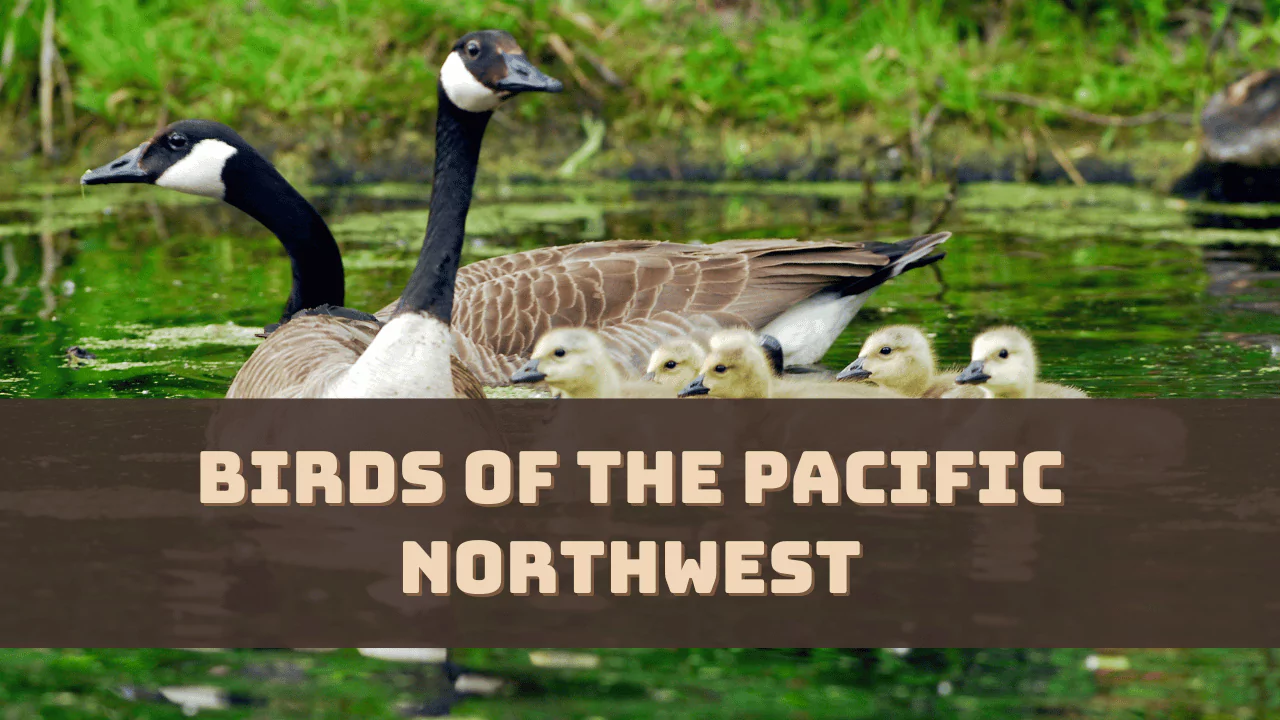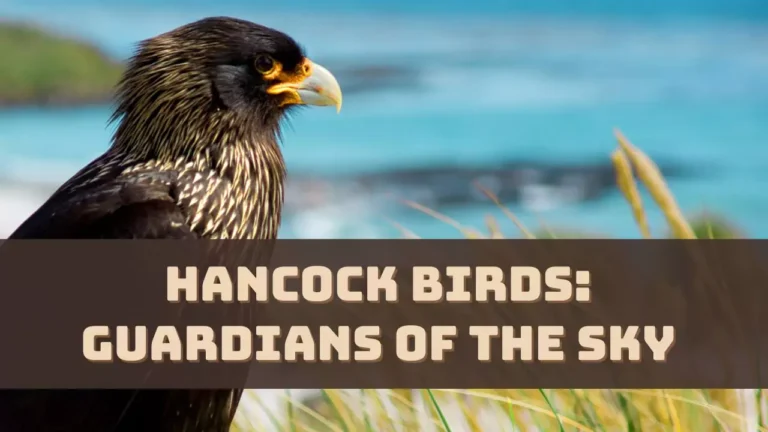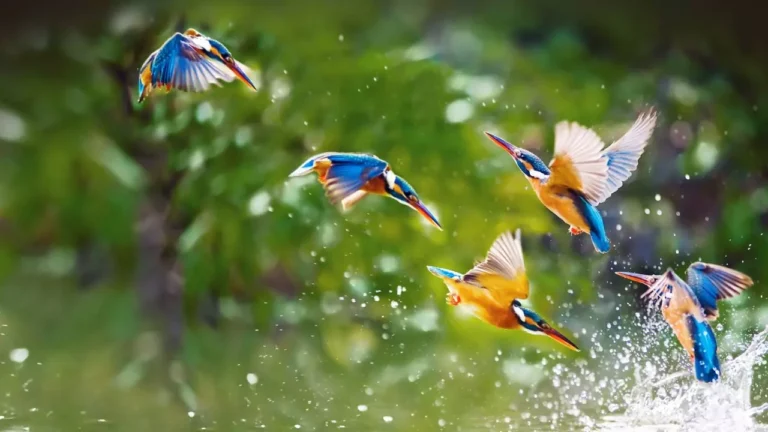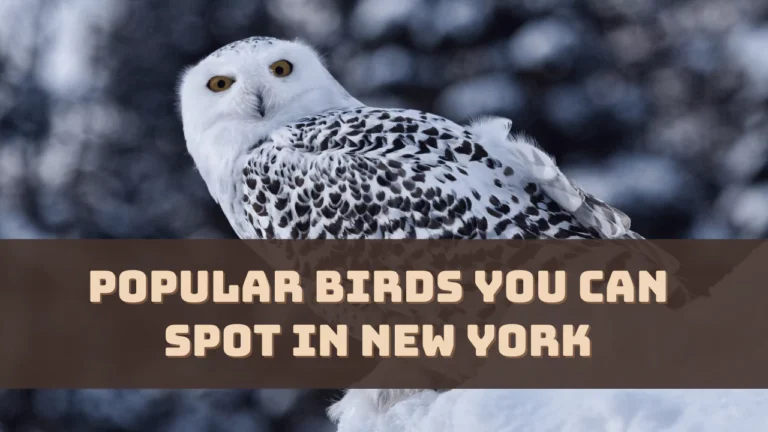The Pacific Northwest includes a variety of landscapes, such as coastline, forest mountains, wetlands and deserts and this houses a wide range of avian species. This is a birder’s paradise and is considered to be the best place to watch birds.
So, let’s get to know about the 14 unique, rare as well threatened species that are found here and nowhere across the globe.
Canada Goose
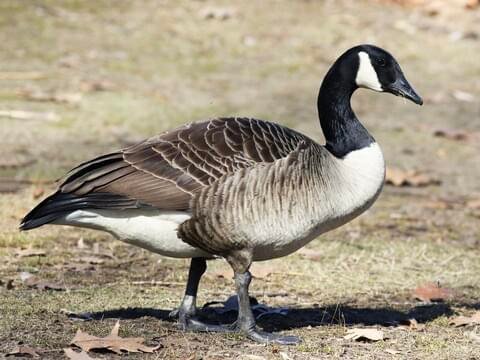
Canada Goose is a native of North America and they migrate to Northern Europe, traveling across the Atlantic. They have also been introduced to the United Kingdom, Finland and Ireland. These birds are also known to be strong flyers and they stay in flocks to stay protected from predators. These birds form monogamous pairs and can be easily spotted from their black head and neck. They also have a white cheek, chin and brown body, which gives them a distinct appearance. These birds feed on grasses, and grains and usually build their nest near the food source.
Killdeer
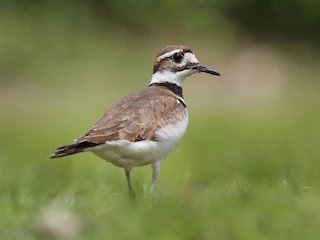
Killdeer is found in America and they are named after its way of calling. They have a striking appearance with upperparts of brown and rufous fringes. These birds can be easily distinguished from the white and black patches and they have bands near their neck which are black and chestnut in color. you would find that the underside is pale buff brown and most parts are white. They also have bright orange stripes on the wings. Some of these birds are seen to migrate southwards during winter and return when the cold weather ends.
Bewick’s Wren
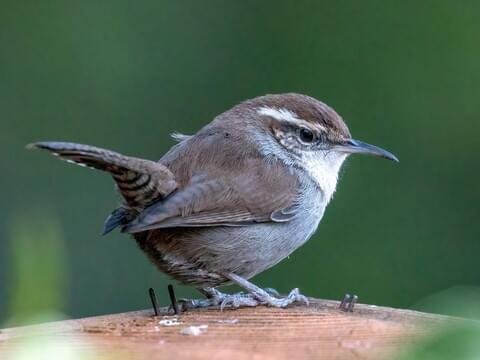
Bewick’s Wren is a native bird of North America, These birds are 14 cm long and small in size. They can be distinguished from their white markings on the face and tail which make them look attractive. You can easily spot them near the scrubby areas or the urban gardens and parks. The most interesting fact is they have a loud and melodious voice and are also known for their complex vocalizations, which include clicks, churrs, thrills and whistles. These birds are mostly seen to feed on insects and fruits.
Downy Woodpecker

Downy Woodpeckers are known to be the smallest woodpeckers in North America and they are usually 7 inches in length and can be found in the forest of the United States and Canada, but not in desert or northern tundra. These birds can be easily identified through their spotted wings and white belly. They feed on insects mostly and also fruits and nuts. They build their nest in tree cavities.
Red-Breasted Nuthatch
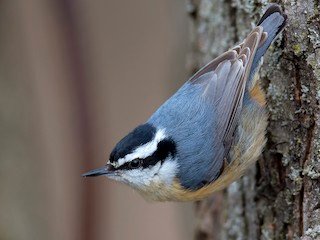
The red-breasted nuthatch is predominantly found in the coniferous forest of Canada, Alaska, the western US and the northeastern United States. These birds can be easily spotted from their beautiful vocals and they have distinctive blue-gray upper parts and the underparts are cinnamon. They have a white throat, straight gray bill with black crown and their face has black eye stripes. These birds form monogamous pairs and are seen to build nests near tree trunks and branches. These birds are quite helpful in terms of pest control as they are seen clinging to the trees and searching for insect larvae and seeds.
Song Sparrow

Song Sparrows are quite common in North America and they are one of the small birds found here. These birds can be easily distinguished through their brown upperparts and they have dark streaks along with white underneath. They have dark brown spots on the breast, a brown cap and a long roughed feather near the neck area. These birds can easily adapt to different types of environments and can be easily spotted near dry brush land and wetlands or open fields. The interesting fact is – that these birds can be heard singing during the winter months otherwise these are quiet birds.
American Coot

American Coot is often mistaken to be a duck and they can be identified through their broad lobes scales present on the lower leg and toes. You can easily spot them in freshwater marshes, ponds and lakes, they also enjoy brackish water habitat or open ocean, when they migrate. These birds are omnivores and feed on algae and other aquatic plants, such as small fishes, snails and insect larvae. They build floating nests made of vegetation found near the shoreline and island.
American Wigeon

American wigeons are also known to be Baldpate and they are counted among the dabbling duck species. You can find them throughout North America and have a close resemblance with the European variety. This bird can be distinguished from their overall gray-coloured body with white features on the face and belly. These medium-sized birds have brownish-black wings and green speculum markings, with a dark brown tail and a black base. During the breeding season, the males can be seen having purple patches on the head and yellow eyes, whereas the females have a dull color around the face.
American Dipper
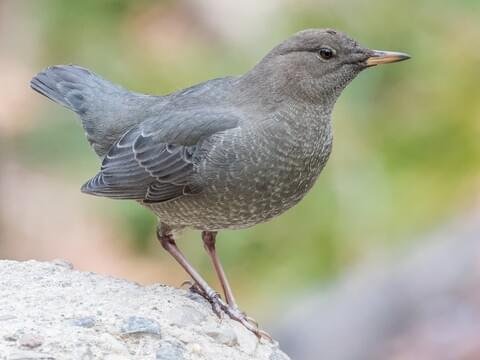
The American Dipper is found in the North American zone and they are small and stocky birds. These birds can be distinguished by their gray feathers with white eyelids. These birds are 16.5 inches long and weigh 46 g and they have a habit of bobbing up and down. They settle near the rocks and logs near rivers or streams and they feed on aquatic insects using their claws.
Northern Goshawk
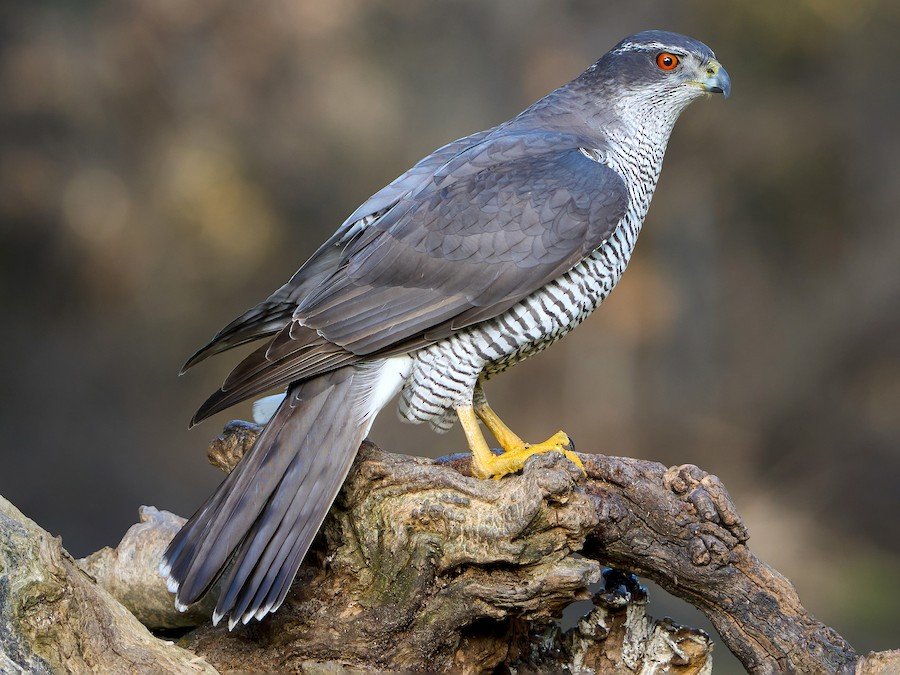
Northern Goshawk can be found globally but is most common in the wooden areas of the Pacific Northwest. These medium-large-sized prey are also known to be true hawks and they feed on small birds and animals by hunting them. The males and females can be easily distinguished as the males have a spotted gray upperpart and the females have a fully brown color with a light barring near the underparts. Being part of the Raptor family, they are known for their aerial dives and high speed.
Redhead

Redheads can be easily found in North America and these are medium-sized diving ducks. The Latin meaning of its name is America. These birds are 15 inches in length and weigh 2 to 2.5 pounds, where the males are heavier than the females. These birds have beautiful plumage and show shades of brown and gray, and on the head, they have red features which contribute towards naming the bird.
Chestnut-Backed Chickadee

Chestnut-backed chickadee is found in the Pacific Northwest region of America and Canada. They occupy a large range, starting from southern Alaska to southwestern California. they do not migrate seasonally but are found to move shorter distances looking for food, that too temporarily. You can easily spot them in woodlands and suburban gardens. The males can be distinguished from the females as they have a distinctive plumage pattern with brown back and the females have a gray tone on the upper side. Both the variants have white bellies and buffy strips on the side and across the wings and tails there are black barring.
Sandhill Crane
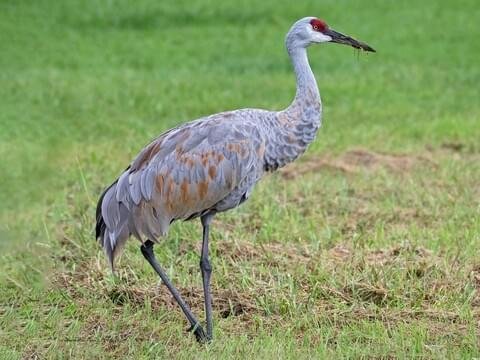
Sandhill Cranes are native to North America and northeastern Siberia and they are counted among the large species of cranes. These birds can be easily recognized by their distinctive call, long necks and long legs. They enjoy the wetlands areas such as the Platte River and are also found around the water bodies of Central Florida. They have a lifespan of 10 to 20 years and feed on plants, grains, roots, tubers, and other aquatic plants. Interestingly, they use their feet or bills to peck or dig into mudflats.
Horned Grebe
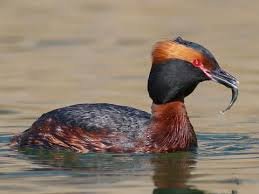
Horned Grebe consists of two breeds and mostly inhabit northern Europe and the Palearctic which ranges from Greenland to western China. They also have counterparts which are found Across Canada and Alaska, and some parts of Mexico. They are mostly spotted in different wetlands, such as lakes, rivers and marshes. These birds feed on fish eggs, insects, molluscs and crustaceans. They also love to eat plant materials, such as seeds and grains.
How Pollution is Affecting the Birds of The Pacific Northwest?
The avian species of the northwestern Pacific are highly affected by plastic pollution which makes their habitat toxic. It disrupts their natural instinct of foraging in saltwater and freshwater. Thus, the feeding behavior of the birds changes, leading to fatal effects on birds.

